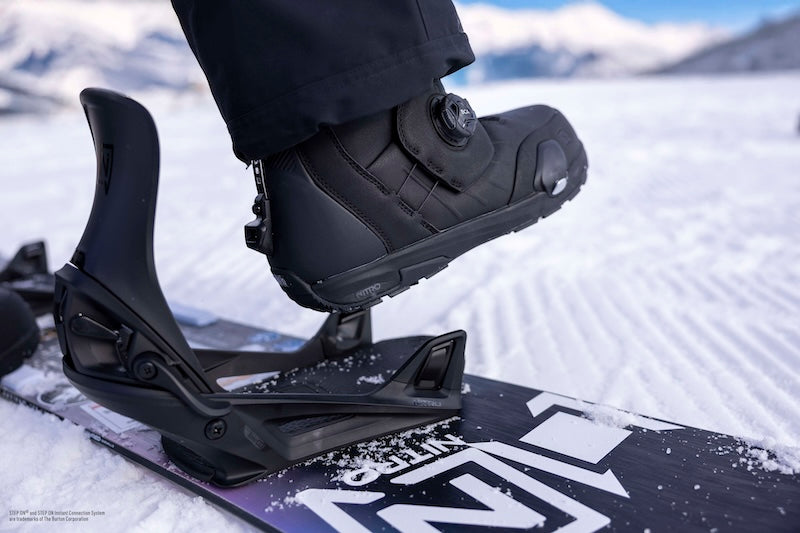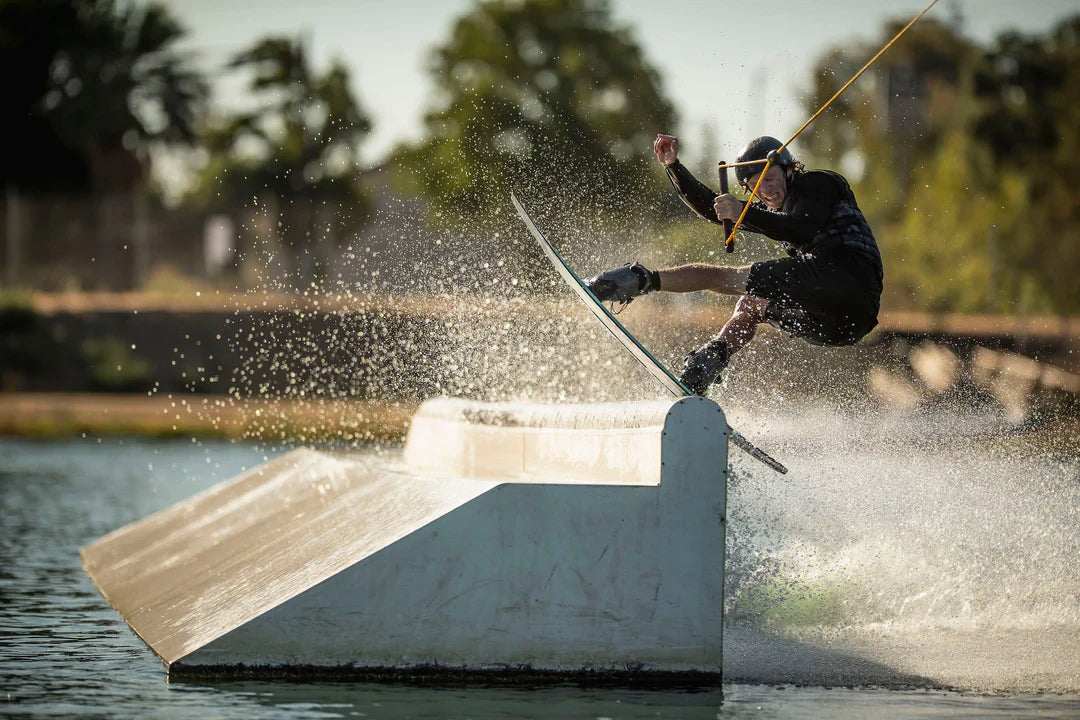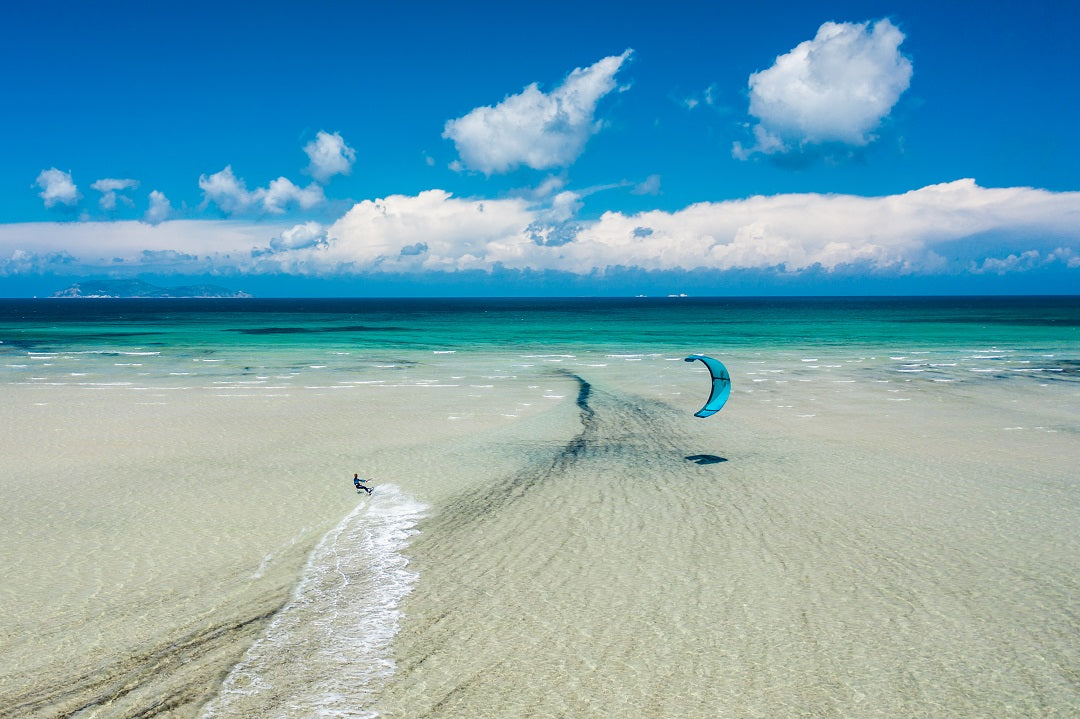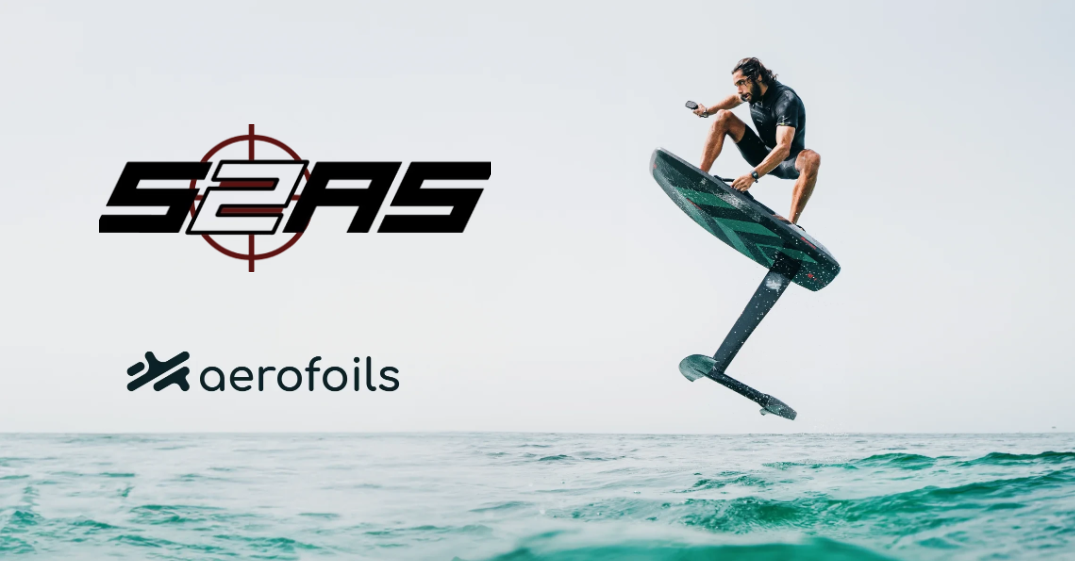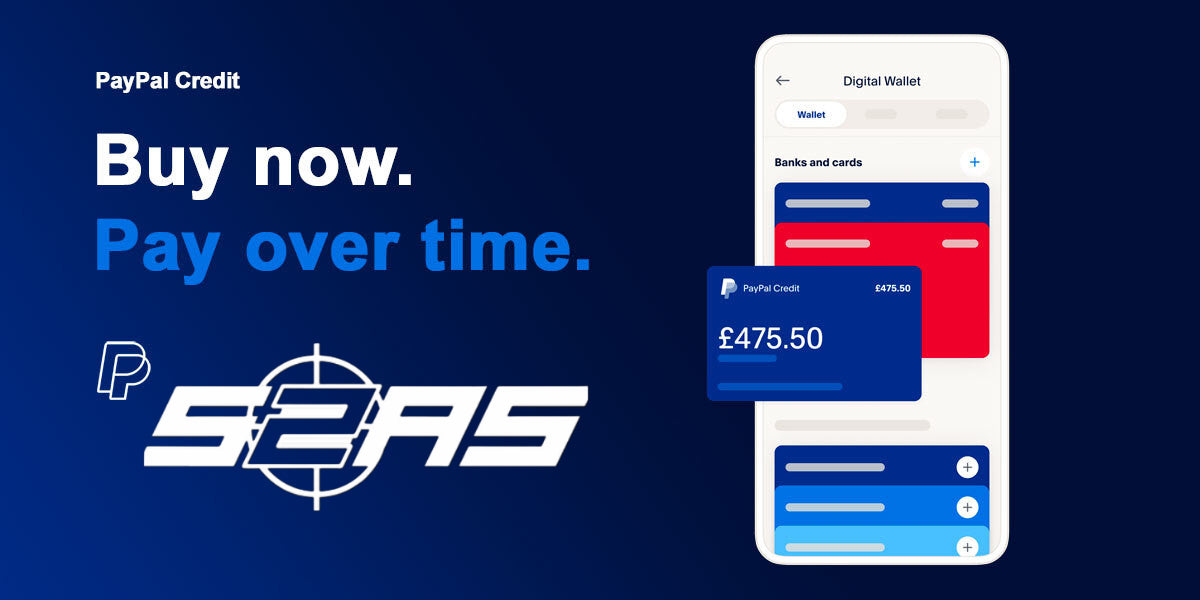How To Get In To Kitesurfing
As a kitesurfer, you harness the wind through a large “parachute shaped” kite to pull you across the water on a board. Kitesurfing is one of the most fun and exhilarating water sports you can do and is getting more popular every year. This is our guide on how to get in to kitesurfing. You will learn why it is so good, how to start and get some top tips from us to give you a head start.
What is so good about kitesurfing?
There are a whole host of reasons why kitesurfing is so becoming so popular. This could be a whole blog in itself, but here is a summary of why we do it:
1. It is amazingly good fun
This is the most important part of doing anything in our opinion. Racing across the water, learning new tricks and having fun with your friends, makes kitesurfing pretty unbeatable. But, it isn’t just a fun sport, there is a whole lifestyle built around it, so you end up having just as much fun off the water.
2. It beats the gym
You can be a kitesurfer without being too athletic, but it is a great workout. How much of a workout depends on how intense the wind and water conditions are. It also depends on how aggressive you like to ride. It is more of a muscular workout than an aerobic one, as it concentrated on your abs, lower back, quads, and calves.
3. It is good for your overall health
Getting out in the fresh air is good for us, but kitesurfing has additional physical health benefits. Your core gets a good workout, which improves your balance and stability. You will definitely be able to feel the burn in your abs the morning after your first day of kitesurfing.
4. Kitesurfing is great for your mental health
While kitesurfing, you are experiencing the forces of nature, which is surprisingly relaxing. The fact that you are concentrating on making the most of your time on the water helps you to forget about the stresses of work and day to day life. You simply don’t have time to worry about anything else, while gliding across the water.
5. Kitesurfing lifts your mood
The release of adrenaline and endorphins while kitesurfing will have you grinning from ear to ear. Even if the conditions are not great, you will finish your kitesurfing session a very happy bunny, especially when you go for a rewarding beer afterwards.
6. It introduces you to new experiences�
From the little things of nailing a simple trick in the early days to epic trips to new locations, kitesurfing expands your horizons. The places you visit and the people you meet will change your life for the better.
If these are not good enough reasons for getting in to kitesurfing, I don’t know what are. But, if you like the sound of this, keep reading.
Should I Get Lessons?
Absolutely! You can pick up some sports by giving it a try. Using trial and error, you can build up some techniques. However, kitesurfing is a different kettle of fish.
An instructor will take you through the theory of kitesurfing and teach you the necessary techniques. Kitesurfing is an extreme sport, so to get the most out of it and to do it safely, we recommend that you book some lessons. Kitesurfing is something you should take your time to learn. A good kitesurfer needs to know their equipment, how to be safe, know the rules, how to body drag, and be able to re-launch from anywhere after a fall.
What Should I Expect?

As a beginner, you will need to learn some basic skills. On your first day of a kitesurfing course, you will be taught the following elements:
- Site Assessment and checking wind conditions�
- Explaining the wind window
- An introduction to power kites
- Flying the power kite in the wind window
- Control exercises.
- Rigging the kitesurfing kite
- Safety emergency features on the kitesurf bar.�
- Kite control exercises in the water. ( working the kite and controlling power)
- Body dragging exercises.
Day 2 of beginner kitesurfing courses is based more around the board and will have you doing the following:
- Learning how to handle the board and how to get your feet into the board.
( while holding the kite up steady in the air)
- Water Starts on the board
- Controlling power, speed, and direction
- Self-rescue and dealing with problems in the water.
The goal of these courses is to make you in to an independent kitesurfer. This means you can safely kitesurf on your own, rent gear, and get kitesurf insurance.
You can learn how to kitesurf with us, and we also offer 1 to 1 lessons, if that suits you better. Learn all the detail about our kitesurfing lessons� here.
The majority of beginner kitesurfers need 10 to 12 hours to get to a point where they can stand up and ride. However, everyone is different, if you are familiar with board sports, you may progress much faster.
What Is It Like Being A Beginner Kitesurfer?
Compared to other water sports, kitesurfing is relatively easy to learn and has a steep learning curve. It is easier to learn than windsurfing but more difficult than wakeboarding.
Expect to be dragged around in the water a lot while you build up the skills necessary to start riding the board properly. Failure is part of learning something new, you need to be prepared to take a few dunkings in the water, but persistence will help you get over the learning curve and allow you to enjoy kitesurfing in no time.
Many beginner kitesurfers struggle with confidence, which is only natural. Also, they can find it difficult to trust their equipment, as it is quite alien to be strapped to a kite. But a good instructor will be able to reassure you.
It is common for beginner kitesurfers to pick up basic kite control and body dragging pretty quickly. It gets more difficult when it comes to controlling the kite in variable conditions and getting up on to the board. But all this comes with practice and patience.
What Equipment Do I Need?
Good kitesurfing schools will have all the necessary equipment. They will have a range of boards, kites, and safety equipment to suit the different conditions.
Therefore, there is no need for you to buy your own equipment straight away. The thing with buying your own stuff is that, as a beginner, you will buy entry-level equipment. There is a good chance that you will outgrow it fairly quickly. However, if you do buy equipment, you should buy wisely. This is because there is equipment that is suitable for all levels. For example, you should be buying kites that have an inflatable leading edge and a bridal to attach your lines to.
When you are ready to buy your equipment, talk to your instructor to get advice on the best set up for you.
Here is a basic equipment list:
- Kite – The size you use depends on the wind strength & your weight
- Bar and lines� – These need to match the kite you are using
- Board. – Larger boards are easier for beginners
- A seat or waist harness – Beginners usually start with a seat harness, as they are easier to learn with
- Leash – So your kite doesn’t escape
- Helmet – You can buy kitesurfing specific helmets�
- Wetsuit – This is essential for kitesurfing in the cold waters we get in the UK
Check out the kitesurfing products we have on sale in-store� here,� or visit us for advice on lessons and equipment.
How Fit Do You Need To Be?
To kitesurf, you don’t need to be a super-fit athlete. But, the fitter you are the easier it will be, as you will have more stamina. Also, you will be less prone to injury if you have a strong body.
Top Tips For Beginner Kitesurfers

We will now go through some insider top tips that you should keep in mind as a beginner kitesurfer.
- Listen to your instructor� – By really paying attention to your instructor, you will pick up the techniques much quicker. You will also be able to keep yourself and other water users safe while practicing.
- Don’t be afraid of falling� – Falling is all part of learning how to kitesurf. It will happen a lot, but you just need to think about what caused you to fall so you can do your best to avoid it in the future.
- Learn about the wind – Knowing about wind behaviour and direction. This will help you get on your feet, stay safe, and have more fun.
- Embrace body dragging� – This may not sound like much fun, but it helps you get back on track if you are caught downwind or if you lose your board.
- Practice using your safety release� – If you get into trouble, the lines get tangled or the kite inverts, you need to be able to release yourself from the kite quickly.
- Stay relaxed� – The kite will do what you tell it to do, therefore, make sure you don’t yank on it and make sure your actions are purposeful and calculated.
- Check your kit� – You don’t want anything to happen to your equipment at the wrorg time. Therefore, you should ensure that everything is how it should be before you hit the water.
- Get used to the bar– In the beginning, you will instinctively pull the bar towards yourself, this reduces the amount of control you have. When you start to get used to the bar, you will be able to control it instinctively. But, beginners tend to turn it like a steering wheel, especially when they get into a stressful situation.
- Look where you want to go� – When you are traveling downwind, you need to look to where you want to go to start going upwind.
- Have fun� – This is the most important thing about kitesurfing. You will find yourself hanging out with a great crew with a similar interest, which benefits your life both on and off the water.
That Is How To Get In To Kitesurfing
Now it is up to you to make the first steps in to the world of kitesurfing. The biggest thing to take away from this is that you should book some lessons. A� kitesurfing school like ours� will set you off on the best path, to a whole new way of life.


